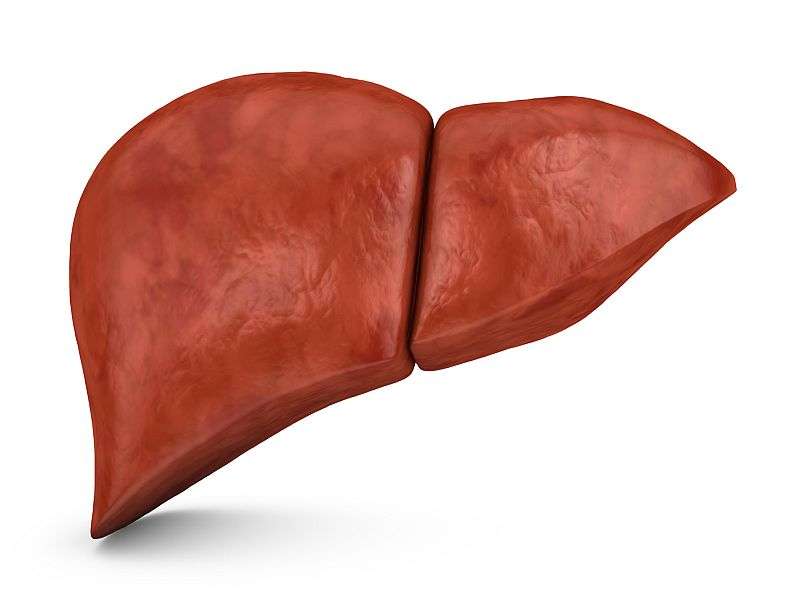(HealthDay)—Dual-graft (DG) adult living donor liver transplantation (ALDLT) with ABO-incompatible (ABOi) and ABO-compatible (ABOc) graft combination is associated with high rates of graft survival, with no significant difference for ABOi and ABOc grafts, according to research published online July 31 in the American Journal of Transplantation.
Jae Hyun Kwon, M.D., from the University of Ulsan College of Medicine in Seoul, South Korea, and colleagues conducted a retrospective review of medical records of patients who underwent ABOi DG ALDLT between 2008 and 2014. The authors also assessed the graft regeneration rate using computed tomography volumetric analysis.
During a mean follow-up of 57.0 ± 22.4 months, the researchers found that the one-, three-, and five-year patient survival rate was 96.4 percent. The rate of graft survival at one-, three-, and five-years was 96.4, 94.2, and 92.0 percent, respectively; ABOc and ABOi grafts did not differ significantly (P = 0.145). No significant differences were seen between ABOc and ABOi grafts in the biliary complication rate (P = 0.195). There was no significant difference in regeneration rates for ABOi and ABOc grafts.
"DG ALDLT with ABOi and ABOc graft combination seems to be a feasible option for expanding the donor pool without additional donor risks," the authors write.
More information:
Abstract
Full Text (subscription or payment may be required)
Journal information: American Journal of Transplantation
Copyright © 2017 HealthDay. All rights reserved.



















